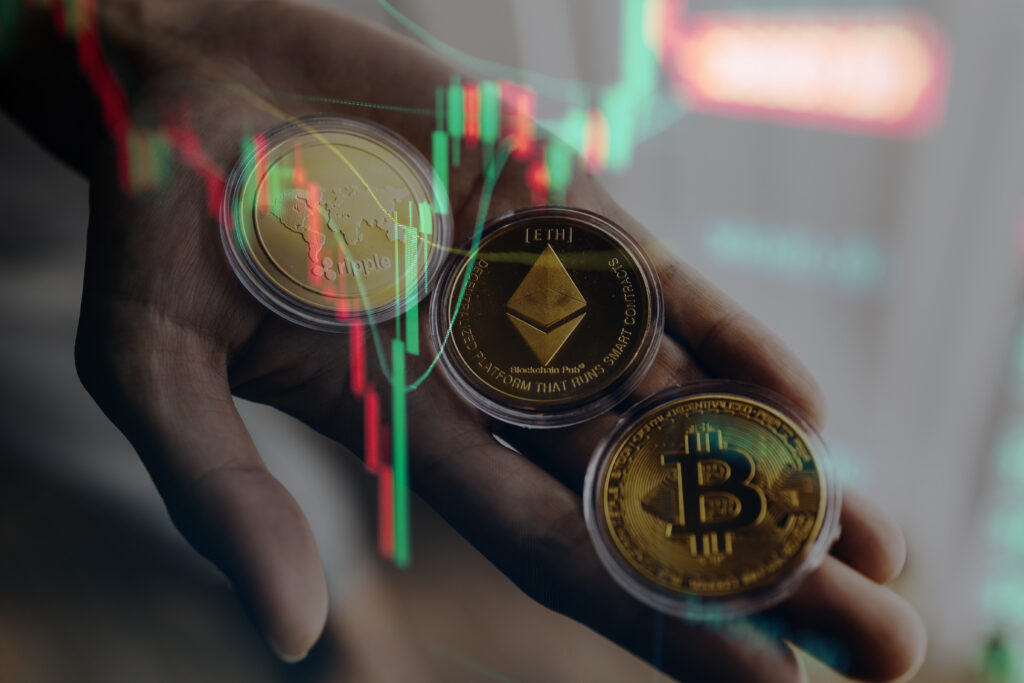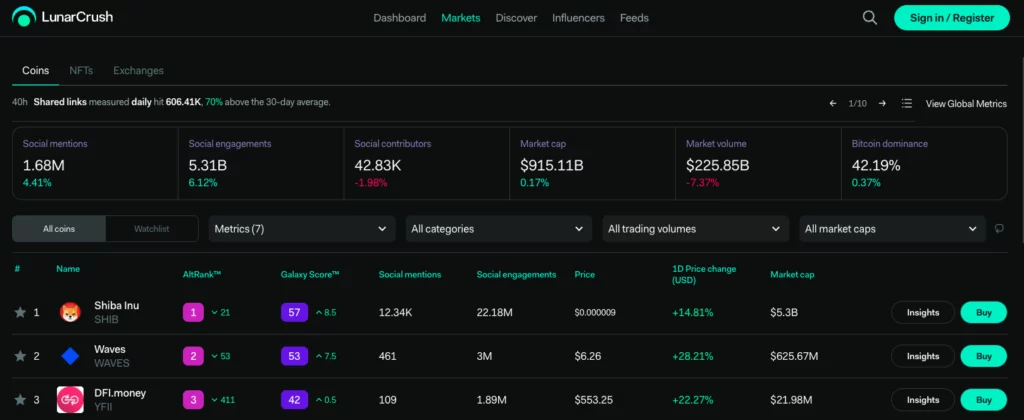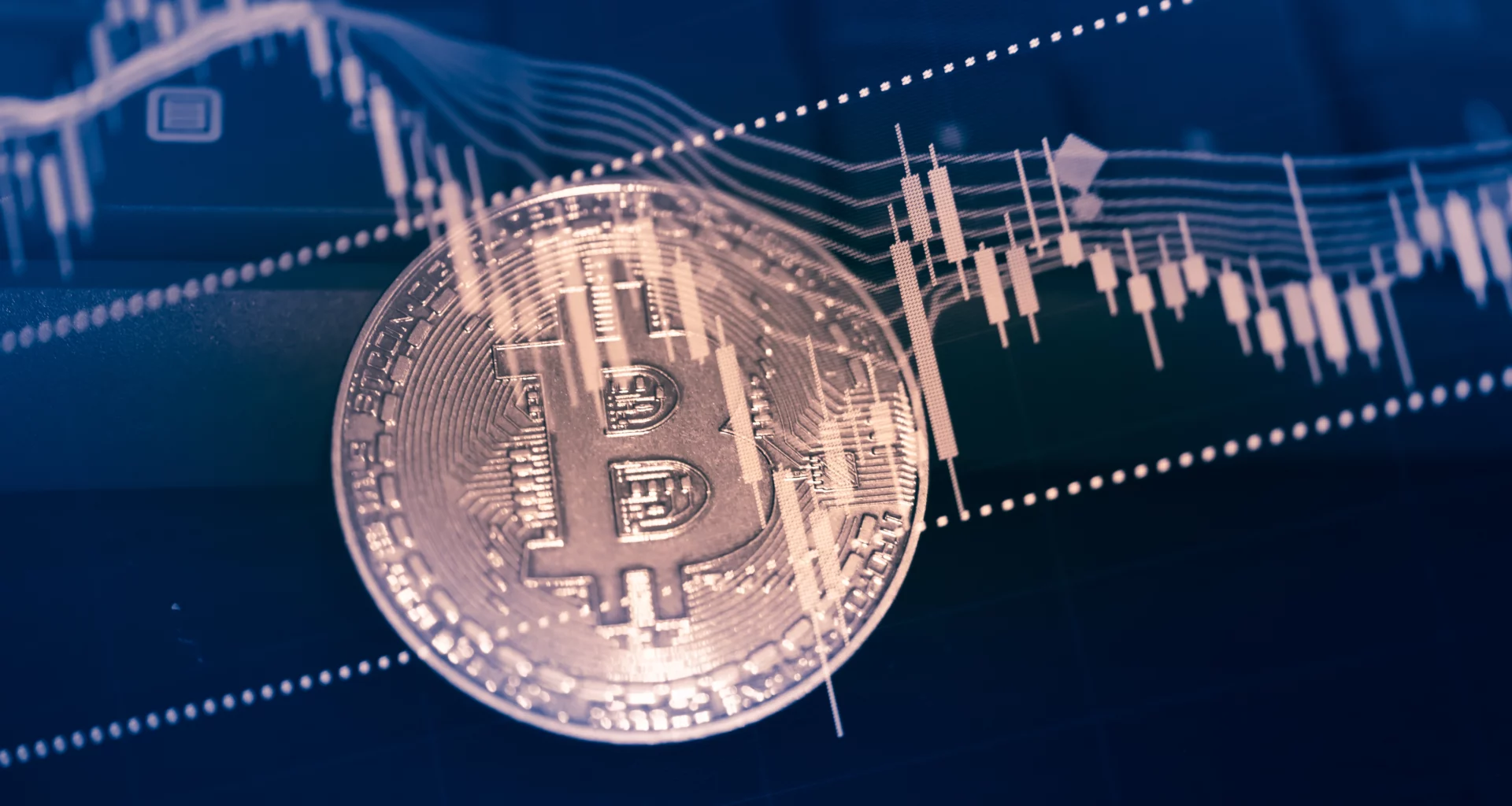If you are interested in the crypto world and haven’t been living under a rock for the past few weeks then you may have guessed that crypto is a highly volatile and risky investment.
Bitcoin went under $20,000 for the first time since December 2020. This huge price swing is not unique to Bitcoin, however, crypto investors who didn’t manage their risk, lost a lot of money.
This is where risk management plays a crucial role.
In this article, we will cover some important risk management strategies in which you can protect your investments and minimise your overall risk.
Centralised Crypto and Its Risks

When it comes to crypto, there are two main types of exchanges: centralised and decentralised. Centralised exchanges are the most popular type of exchange as they are generally much easier to use. However, they come with their own set of risks.
The first and most obvious risk is that centralised exchanges are a single point of failure. This means that if the exchange is hacked, your funds could be gone forever.
This is why it’s important to only keep the amount of money on the exchange that you are willing to lose.
Another risk associated with centralised exchanges is that they are subject to government regulation. This means that they can be shut down at any time if the government decides to do so.
Thus, it’s important to diversify your investments and not keep all of your eggs in one basket.
It is also important that you keep a significant chunk of assets in stablecoins for when the rainy days or bear market in crypto arrives.
A great risk management strategy in this case is to use a hardware crypto wallet as it has no connection to the outside world and remains in your possession 24/7.
DeFi And Risk Management

The rise of Decentralised Finance (DeFi) has been one of the most exciting developments in the crypto space in recent years.
With DeFi, you can do everything from lending and borrowing money to earning interest on your crypto assets.
However, DeFi is still a relatively new and untested space, which means that it comes with its own set of risks.
The first and most obvious risk is that of smart contract vulnerabilities. If a DeFi project is built on top of a vulnerable smart contract, your funds could be at risk.
Thus, it’s important to only invest in well-established and reputable DeFi projects.
Another risk to be aware of is the risk of impermanent loss. This is when the price of the asset you are lending or borrowing fluctuates and you end up losing money.
Thus, it’s important to only invest in DeFi projects that have proper risk management mechanisms in place to protect against impermanent loss. The recent LUNA debacle serves as a big example that if you invest all your net worth in only one token, chances are that you’ll lose everything once that asset dumps in the crypto bear market.
Do Your Own Research (DYOR)

It is important that you always do your own research (DYOR) before investing in any crypto project. This is because there are a lot of scams and projects with no real use case in the crypto space.
When doing your research, it’s important to look for red flags such as unrealistic promises, anonymous team members, and a lack of code repositories.
It’s also important to look for signs of a healthy and active community around the project.
This is because a strong and supportive community is essential for the long-term success of any crypto project.
Don’t believe everything you read or hear as there is a lot of FUD (fear, uncertainty, and doubt) in the crypto space.
FUD can be spread by the media, governments, and even well-meaning people who are misinformed.
The best way to combat FUD is to do your own research and come to your own conclusions. Stick to trusted sources of information and don’t get caught up with third-party links of any crypto project.
The DYOR process isn’t one-time; it’s a continuous procedure that you’ll get better at with practice. However, it is worth the effort as it can help you avoid costly mistakes.
Use Risk Assessment Tools
When assessing the risk of a crypto project, there are a few key tools that you can use.
1. CoinMarketCap Fundamental Crypto Asset Score (FCAS)

This is a comprehensive score that takes into account a variety of factors such as the project’s liquidity, price volatility, and developer activity. The data is provided by SIMETRI, which rates cryptocurrencies based on fundamental analysis.
2. ICO Drops risk score

This score takes into account factors such as the project’s hard cap, soft cap, and token distribution.
3. Messari.io

This is a great tool for getting an overview of a project as well as detailed information on the team, tokenomics, and community.
4. LunarCrush

This is a social media analytics platform that can give you insights into a project’s social media buzz and Sentiment. If a crypto project doesn’t have enough users and a targeted (repetitive) form of marketing, it’s better to stay away.
Final Thoughts
Risk management is an essential part of investing in crypto. Without proper risk management, you are exposing yourself to the possibility of losing all of your investment.
There are many risks associated with investing in crypto, but the most important thing is to be aware of these risks and to take steps to mitigate them.
Some of the risks you need to be aware of include scams, hacks, smart contract vulnerabilities, and price volatility.
The best way to combat these risks is to do your own research, invest only what you can afford to lose, and diversify your portfolio.
While there is no such thing as a risk-free investment, following the tips mentioned in this article can help you minimise your risk and maximise your chances for success. Lastly, it’s always a good idea to consult with a financial advisor before making any investment decisions.









